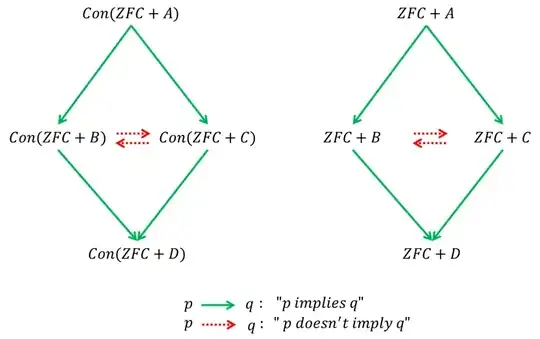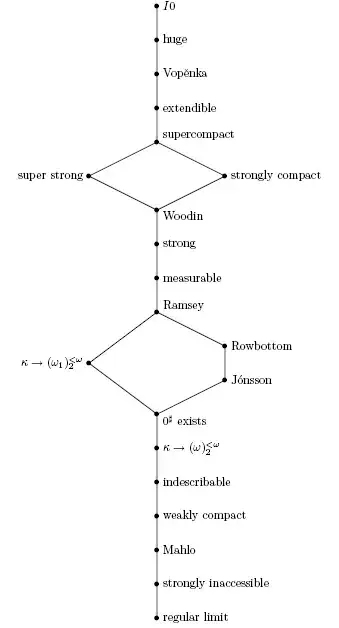This is the key question pursued by inner model theory. As far as we can prove, the consistency strength order is indeed linear (indeed, a pre-well-ordering), and we expect this will continue to be the case, at least as far as the large cardinals we currently use goes.
Rather than repeating myself and others here, let me make a suggestion: You can learn more about the consistency strength hierarchy in the writings and talks of John Steel, many of which are available at his webpage. There are also many answers on this website (by myself and others) addressing this question (for example, see here).
You should keep in mind that the right comparison is in terms of consistency strength, not in terms of outright implication or size. For example, the existence of $0^\sharp$ is a large cardinal statement, but it does not even imply the existence of inaccessible cardinals. However, it implies a proper class of weakly compact cardinals (and more) in $L$. Similarly, the first Woodin cardinal is not even weakly compact, but it implies the existence of many smaller weakly compacts. And the least strongly compact cardinal can be the first measurable, and it may exist in a universe without strong cardinals, though in consistency strength it is significantly beyond measurability or strongness.
All that being said, one can always come up with artificial large cardinal statements, coding Gödel-like statements that make them incomparable. It is understood that this is not what we are discussing here. Of course, there is a somewhat inherent vagueness in this claim, since I am not formally defining large cardinal, much less "natural" large cardinal. Consider it an empirical fact. But it is not just data without evidence. We have a significant body of results indicating that this ought to be the case.
Nor should you think this is exclusive to "large cardinals": The consistency strength hierarchy is much richer. We go from one rung of the ladder to the next by replacing a (sound) theory $T$ with $T+\mathrm{Con}(T)$, for example. This only takes us so far, and we have a significant jump if we require the existence of an $\omega$-model of $T$. And yet another significant jump if we ask for a transitive model.

